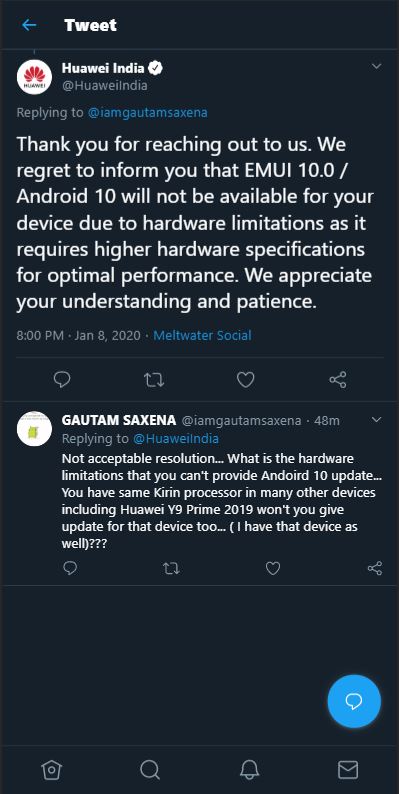
This particular strategy got shaken up last year when the FCC slapped Verizon with a fine for banning tethering or mobile hotspot apps on Android devices. In the past, the carriers have moved to block hotspot apps from the Play store. Then, it prompts me to contact my carrier to enable to hotspot, for which I would have to pay an additional fee. So, when I attempt to turn on a mobile hotspot ( Settings > Tethering and portable hotspot > Mobile Hotspot), I am greeted with a pop-up that informs me that it must “verify” my device. How does this manifest itslef exactly? I, for example, don’t have an additional data sharing option on my plan.


AT&T in particular has proven fairly dogged (and sneaky) about halting unwarranted tethering. The carriers have implemented all sorts of ways to block consumers from transforming their device into a hotspot without paying the additional data sharing fee. If you do find the app is banned by your carrier, you can still download it through the developers’ site ( /android/). The beefier (and more stable) Pro version can be purchased in-app or through this key for $7.95. FoxFi allows you to customize your protected connection.įoxFi is avaialble as a free version, but it requires users to reestablish their connection after a certain a short time. According tothe developer, FoxFi has been removed and blocked by the carriers at various times and has even led to the creation of a version just for Sprint/AT&T users, which is available here. If PdaNet is not available on your device (it wasn’t on mine), the app’s Wi-Fi hotspot functionality is available from the same developer in app form via FoxFi.
PdaNet is a full-throated mobile network connectivity app that also facilitates USB and Bluetooth connectivity. In my time with Toggle, it took a while to make the hotspot discoverable by my laptop, and the connection proved somewhat slower than with other avenues, but it worked.


 0 kommentar(er)
0 kommentar(er)
